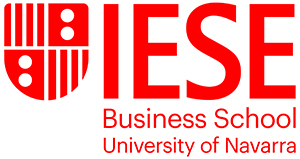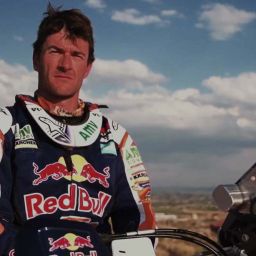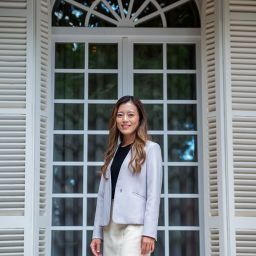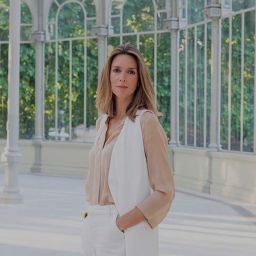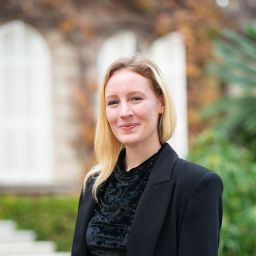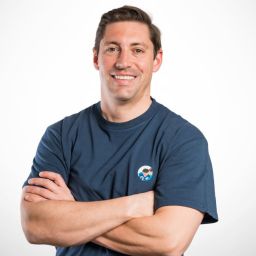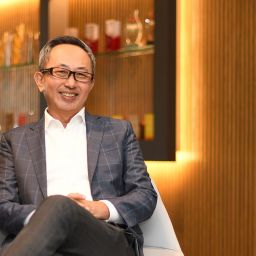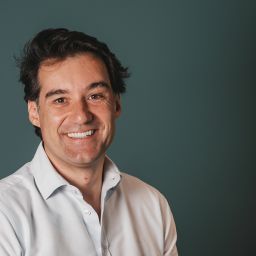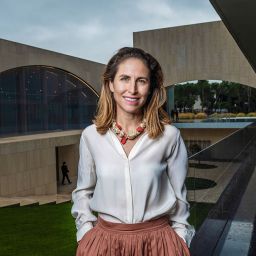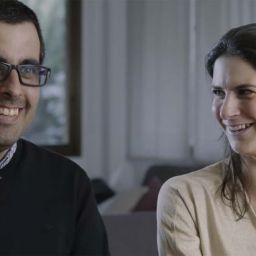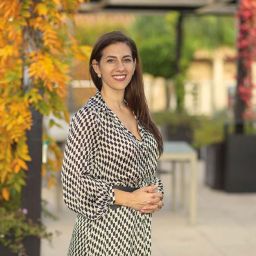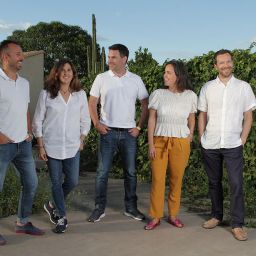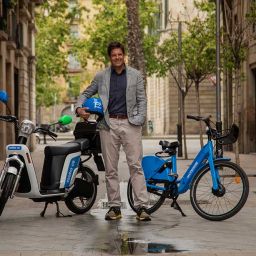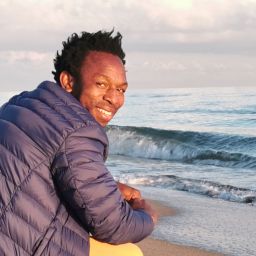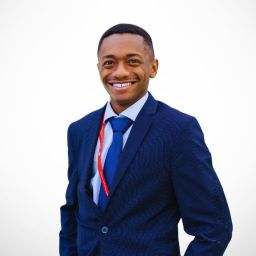Pediatric anesthesiologist, speaker and advocate for disability inclusion, based in Florida. A U.S. Navy veteran, he recently completed the Global Executive MBA at IESE. He collaborates with commercial space companies to test the effects of zero gravity on eye pressure in a person with glaucoma, and he is preparing for his first space flight in 2025.
Reaching for the stars
In 2000, Dr. Carlos Archilla-Cady was driving home from work when he lost all vision – the world suddenly became a dense white fog before him. He managed to pull over, and in half an hour, his sight had cleared enough to continue home. Badly shaken, he went to an ophthalmologist. His eye pressures were found to be highly elevated, characteristic of glaucoma.
It was the beginning of many years of challenges, operations and even corneal transplants – but also the beginning of new adventures and (literally) new horizons that would soon be sending him into space.
A career backup plan
As a pediatric anesthesiologist at Nemours Children’s Health in Orlando, Florida, Archilla-Cady knew that any permanent vision impairment would have left him unable to work as a clinician. When glaucoma was formally diagnosed, “I realized how much I had to lose,” he recalls.
For the next 19 years, he was subject to a range of steadily more invasive procedures, from eyedrops several times a day, to operations to insert fluid-draining valves behind his eyelids, to eventually corneal transplants. These transplants were rejected by his body twice, but the third one, in 2019, has been successful so far.
Being a transplant recipient has made him a passionate advocate of organ, tissue and eye donation. “I am eternally grateful to the donors and their families,” he says, explaining that not only did they restore his sight, they gave him a new lease on life.
Throughout these ups and downs, Archilla-Cady realized he would need a career backup plan if he never fully recovered. As a healthcare leader, he believed in lifelong learning and had taken various courses at prestigious business schools. But now he felt he needed a formal degree, which led him to the Global Executive MBA at IESE, which he began in 2020.
“IESE was very accommodating of my disability the whole time, something that I needed most at the beginning of the program,” he says. “While I was applying, I mentioned that I would need certain accommodations, which they were happy to provide. By the time I actually started, I was on the road to recovery following my latest transplant.”
This episode of disability has sensitized him to the need for inclusion in all aspects of life and in the business world, and for Archilla-Cady, that mission has taken on epic proportions.
Redefining “the right stuff”
Usually, children dream of becoming astronauts. The reality is that professional astronauts are an elite club – part scientist, part Olympic athlete. The term “the right stuff” – referring to the mental and physical traits needed to succeed – was popularized by the book and movie of the same name, about the first human spaceflight program of the United States at the height of the Space Race. But what if what was considered “the right stuff” in the ’50s and ’60s was wrong today? Archilla-Cady reflected on this when thinking about the 1997 fire aboard the Mir space station. In that fire, the crew were slow to respond due to a power cut that left them in the dark. Might someone with a visual impairment have been able to react more quickly?
The astronaut dream suddenly took on new meaning. When Archilla-Cady read about a group of people living with disabilities who were invited on a zero-gravity flight, he felt uniquely positioned to add value.
Astronauts who spend significant time on the International Space Station often experience swelling of the optic nerve and have reduced vision when they return to Earth. As someone living with a complex eye disease, Archilla-Cady was concerned about the effects of microgravity on visual acuity. Data have been gathered from healthy volunteers, but Archilla-Cady felt data collected from people like him could provide richer insights into the effects of microgravity on the human eye, opening the potential for people like him to participate in space travel.
Archilla-Cady has already completed microgravity training with NASA and undergone a zero-gravity simulation flight, in which he made what are believed to be the first-in-history measurements of its effects on eye pressure in a person with active glaucoma.
“My pressures were normal before the flight,” he says. “However, my intraocular pressures increased 31% in both eyes within seconds of entering zero gravity and returned to normal within minutes of leaving zero gravity.”
Asked if subjecting his eyes to these extreme conditions worries him, Archilla-Cady responds that “there are always risks but my medical team believes these are minimal. After eight minutes in zero gravity, my pressures normalized, with no lasting effects.”
With space travel getting to be less and less of a dream and more of a reality for non-career astronauts, Archilla-Cady plans to be blasting off in 2025, pleased to represent in space the kind of inclusion that he also works hard to achieve on Earth. Adamant that space exploration needs to democratize access, he is cheered that a community of businesses and individuals are working to make inclusion in space travel possible. He believes the experiences of people living with disabilities can help experts come up with innovative solutions to include them in future space exploration programs. Those who go into outer space frequently report how it gives them an entirely new perspective on Earth, leading them to appreciate the planet and value human connectedness even more – something that resonates with Archilla-Cady’s own life-changing journey.
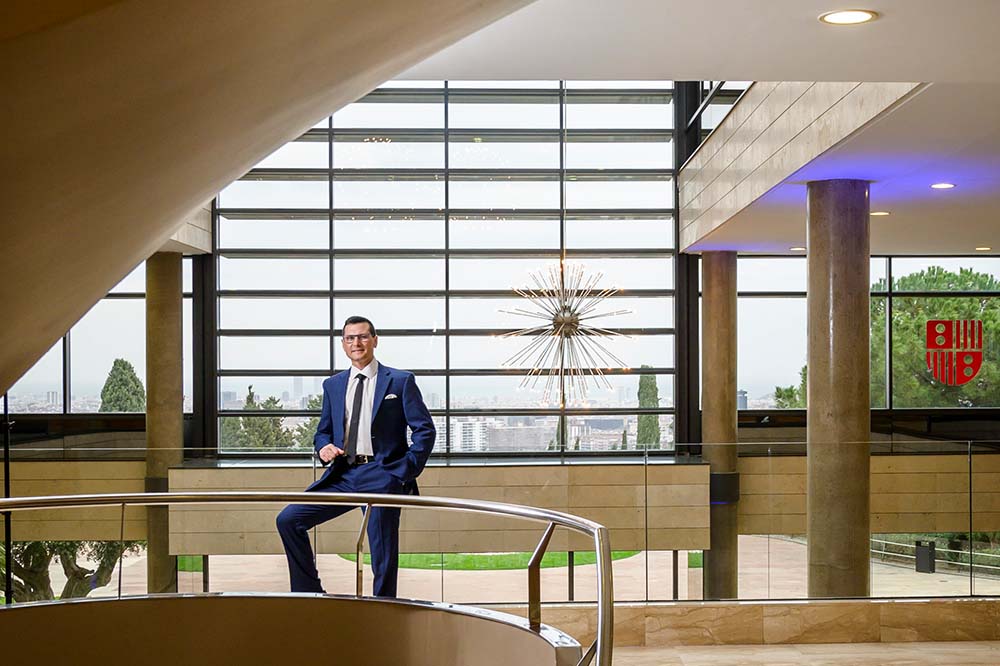
Disability as an asset
Ever since that fateful drive home, Archilla-Cady has had to work creatively to deal with his fluctuating vision and the various interventions to improve it. The experience underscored for him both the importance of disability inclusion and the special skill set that having a disability often fosters.
Specifically, living with a disability requires resilience, grit, determination, empathy and flexibility – all desirable traits in employees and leaders more generally. Archilla-Cady, for example, has pursued education, returned to work during the pandemic when his medical skills were in high demand, and begun his training for space. Thriving with a disability demands constant innovation to function in a world that isn’t adapted to it.
“I think the skills that come from living with a disability can be helpful to business,” he says. “We’re used to having to navigate difficult terrain in one way or another. We can respond quickly and creatively if things go wrong.”
“Disability doesn’t mean inability; it means that capabilities are exercised differently. It’s also worth considering that a billion people around the world live with some type of disability – which likely includes many of your customers who would like businesses to move from ‘accessibility’ to full access in the disability economy.”
As with other forms of diversity, disability inclusion inside the company can foster greater connection with a diverse society on the outside. He insists that including people with disabilities in business adds value, and that people with disabilities and limitations should be redefined as assets for any organization. “They really do have ‘the right stuff.’ And their skill set, when applied to business, can be truly transformational.”
